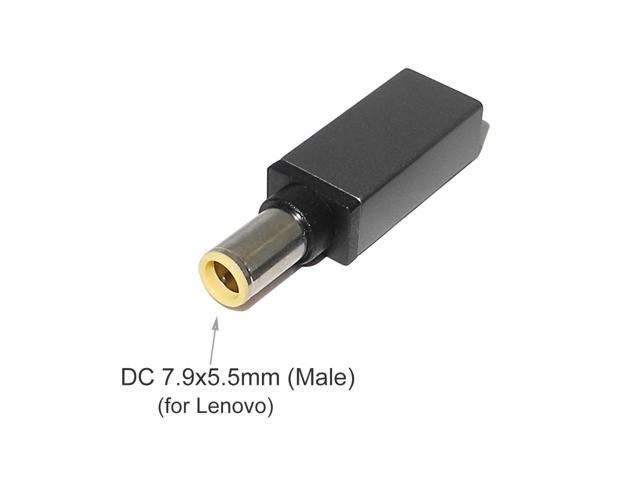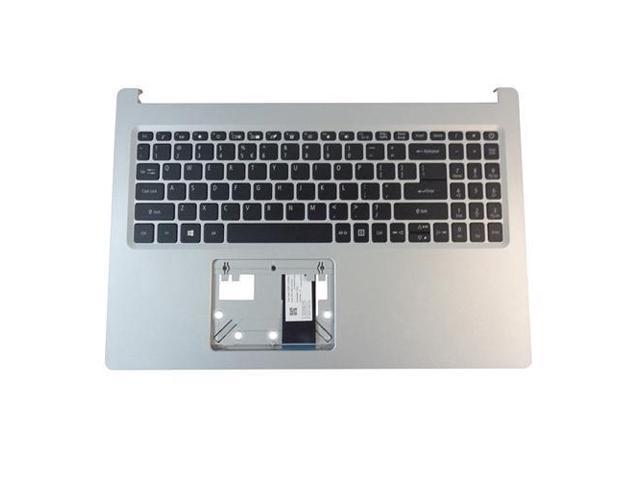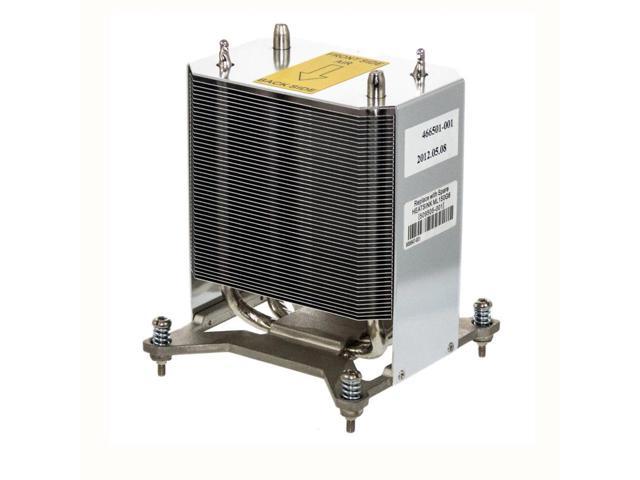Excerpt from Syria: An Economic Survey
The principal commercial crops are tobacco, cotton, anise, hemp, sugar cane, fennel, and caraway seed. Caraway seed grows in small quantities near Tripoli and is exported sacks in as is fennel. Sugar cane, which requires an abundance of water, thrives only on the coastal plain and in the Jordan Valley. It is planted in February or March and harvested in October or November. It has no industrial importance. Hemp is grown near Damascus and in the Vilayet Of Aleppo on the Euphrates and is used in the rope-making industry. Hemp-seed is also used for food for poultry and in the manufacture Of Oil. The stalks are used for fuel. In 1912 tons valued at francs were grown in the valley Of the Barada. Anise is planted in the neighborhood of Damascus and is used in the production Of arrack. Cotton is planted on a large scale in the Vilayet of Aleppo. Before the American Civil War it was cultivated along the whole coastal plain from Alexandretta to Gaza, and the annual yield was pounds, worth francs. As a result Of the slump in the price of cotton after the war its cultivation was restricted to Northern Syria. In the last few years unsuccessful attempts have been made to grow cotton further south, in Latakia, Acre, Petach Tik vah, etc. The staple of the Syrian cotton is very white and elastic, but short, being about 2 centimeters in length.
About the Publisher
Forgotten Books publishes hundreds of thousands of rare and classic books. Find more at www.forgottenbooks.com
This book is a reproduction of an important historical work. Forgotten Books uses state-of-the-art technology to digitally reconstruct the work, preserving the original format whilst repairing imperfections present in the aged copy. In rare cases, an imperfection in the original, such as a blemish or missing page, may be replicated in our edition. We do, however, repair the vast majority of imperfections successfully; any imperfections that remain are intentionally left to preserve the state of such historical works.















